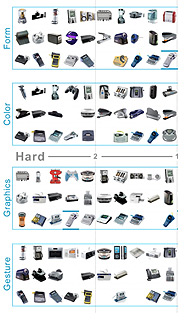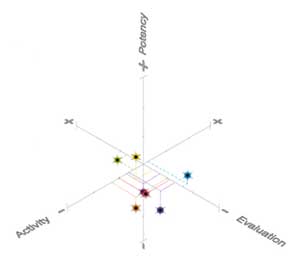
Utility, usability and emotion are three extremely important factors in product design. Does the delivery device or system do something special for the user? Does it operate in a safe and intuitive way? And what relationship does the user develop with the device? The understanding of how people interact emotionally with a product and the relationship between people’s emotional reaction and their preference is what ultimately drives brand loyalty. Utility and usability start to become “dissatisfiers” (only noticed if they are absent) and are less often a differentiator between most delivery systems.
 Traditionally there has been limited focus on designing medical products and delivery systems that address the emotional needs of patients; only clinical requirements and the capabilities of the product have been the deciding factors in selecting products for patients. Patients historically have had little decision-making power regarding which delivery device they used. As patients are presented with a greater array of options and become more informed about them, their needs and desires are becoming a more important factor in determining which devices they end up using in managing their care. Developing delivery systems that create positive emotional connections with the patient simply results in better adherence.
Traditionally there has been limited focus on designing medical products and delivery systems that address the emotional needs of patients; only clinical requirements and the capabilities of the product have been the deciding factors in selecting products for patients. Patients historically have had little decision-making power regarding which delivery device they used. As patients are presented with a greater array of options and become more informed about them, their needs and desires are becoming a more important factor in determining which devices they end up using in managing their care. Developing delivery systems that create positive emotional connections with the patient simply results in better adherence.
Designing for emotive connections is one of the most challenging aspects of developing products. Typical contextual research techniques of observation do not offer much value to this end because it is rare to witness meaningful emotions. Traditional interviewing techniques often fail because, as humans, we are not strong at verbalizing our emotions in response to a direct question about what we like or what we want to feel. What has been missing is a way to accurately evaluate how people react to a product early in the development process and to use this as guidance for design.
Insights has developed a toolbox of qualitative and quantitative methods for soliciting this information and are appropriate for use throughout the product development process. These methods apply to both generative research (to inform requirements) as well as directional/evaluative research phases (to select and confirm design directions).
Qualitative
Insight’s qualitative methods allow us to understand a user’s emotional connections to products and services, and in particular, the influencers that rest beneath the routines, behaviors, and patterns of use that can typically be observed. Simply asking people about these typically yield artificial and incomplete answers, because they are not familiar with thinking about their emotions in this context. Our approaches involve using carefully composed stimuli to leverage people’s natural aptitude for reaction, thus engaging people in terms that they are familiar with and can effectively provide meaning for. The results are responses that can be effectively analyzed by our research experts and translated by our designers and engineers into tangible and appropriate attributes.
 Quantitative
Quantitative
Insight has also developed a quantitative technique for researching emotion that is based on more than 60 years of psychological research into how people evaluate products. This research informs us that there are three dimensions that must each be measured to accurately understand how people react to a product. Insight’s unique approach involves having users fill out a specific set of semantic scales that have been mathematically proven to weight most heavily on these three key dimensions of emotional reaction.
Once we have this information, it can be used to compare people’s emotional reactions to different products and better understand why they prefer one system over another. Insight has further evolved this method and uses it to enable the person to also define a desired ideal emotional reaction that can be used for direction and guidance in the design process. This emotional ideal can also be used as a comparison point for the evaluation of early design concepts. This quantification of emotional reaction is not prescriptive (e.g. the device must be blue) but provides a better defined target to design to. Our design team is expert in using this guidance and understanding the dimensions of emotional reaction to create products that embody this desired reaction through features, interactions, and details.
When our clients engage us to help define and drive positive emotional connections to their delivery devices, the outcomes are consistently insightful and useful. When the team designs for utility, usability AND emotion, then the primary goals of mitigating risk, encouraging adherence and fostering brand loyalty are met and the users achieve better adherence to their therapy and clients achieve better results in the marketplace.

